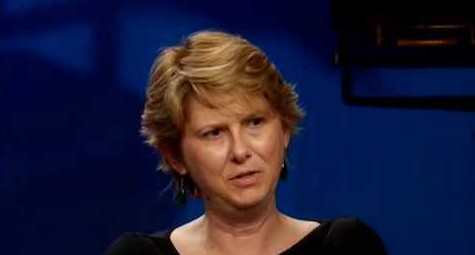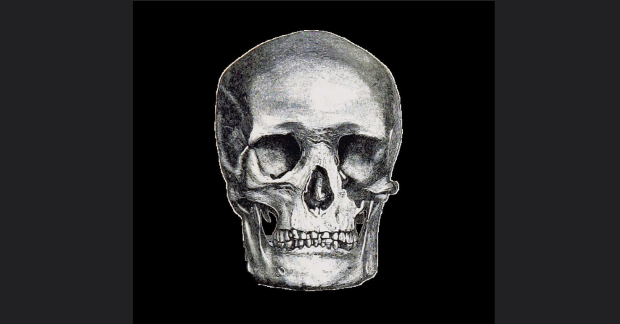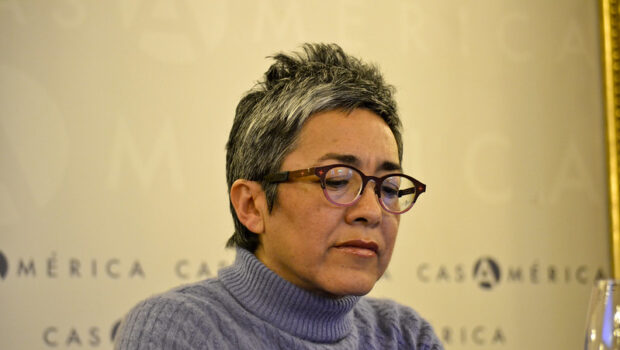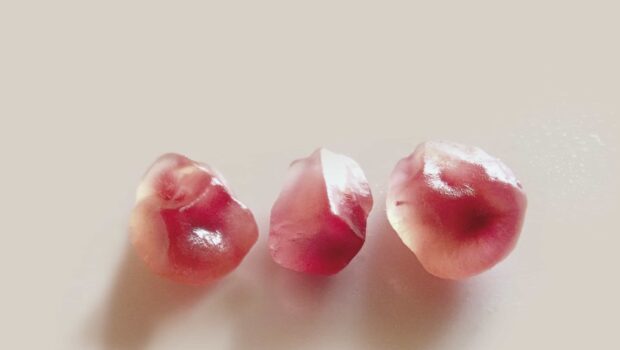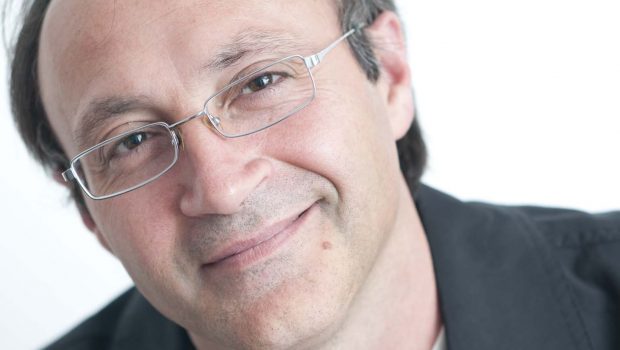Miraculous Air, by C. M. Mayo
Wendolyn Lozano Tovar
 C. M. Mayo: Miraculous Air,
C. M. Mayo: Miraculous Air,
Milkweed, Canada, 2007.
“I will share with you my oasis the perfumed land of the south”.
– FERNANDO JORDÁN
Christopher Ondaatje said that travel can occur in two dimensions: inward, in the mind and spirit through reading, investigation and contemplation, and physically, which allows us to discover new cultures through the displacement of the body. In Miraculous Air, C. M. Mayo journeys through both dimensions in her expeditions throughout the Baja California peninsula, with all the physical vigor one needs to trot over deserts and mountains along thousands of miles surrounded by the Pacific Ocean and the Sea of Cortés, and still her spirit voyages, with photographic patience, contemplates without settling with what is observed. She wants to absorb it all: unrepeatable experiences and landscapes that no one else is to see with the same eyes.
Even though I knew I wouldn’t find the same images that C. M. Mayo captured, I had the impulse to go to Baja California, following a minimal portion of the author’s route, from the “end of the world”—as the Baja Californians call the promontory of the Mexican peninsula— to Todos Santos. In this parallel trip, resonating through the places that surprised Mayo the most, I gathered traces of the author left behind in a land of metaphors. I knew I would see everything differently just as Cuernavaca will never be the same as Malcom Lowry’s Under the Volcano, although lovers might still linger in the Jardín Borda or just as Comala is not Juan Rulfo´s—even though its inhabitants might swear they hear a horse’s hooves in the drowsiness of dog days. Mayo’s landscapes wove their own stories. As Paul Theroux states “fiction is a journey towards the interior”, the narrative of Miraculous Air, constitutes an internal perception of reality.
It had been like living in a novel, one person leading to another, suspense, surprise—always the surprise. As John Steinbeck wrote: “We do not take a trip; a trip takes us.“
Landscaper of writing, Mayo portrays a yellow dragon fruit that unfolds its arms like crazed tentacles in San Quintín, a cetaceous desert on the way to Mulegé that could pass as tundra, glowing lagoons, teasels like giants in the canyon of La Tinajita. But the human soul is Mayo’s bestoutlined landscape in this series of explorations. Mayo is driven to “watch the whale-watchers, the expatriate artists in Todos Santos, the inhabitants of towns and missions; observation that unfurls into surprising stories. As she would have conveyed to her Economics students, the experiences of people are the fundamental structure of economic theory. Mayo enters border maquiladoras, chicken farms or tomato fields to listen to the voices others don’t pay attention to:
It was the stories of the people associated with them that mattered—small, sad stories perhaps, but stories nonetheless, each one opening like a bud into a many-petaled flower: more stories. A thousand and one stories.
Sure that people give meaning to the places she describes, Mayo interviews, take notes and pictures. Her account is not satisfied with the testimony of Professor Agúndez on the murder of Luis Donaldo Colosio. Mayo sways, crosses the Tijuana border in a red Oldsmobile and reaches Lomas Taurinas if only to ask more questions.
Miraculous Air depicts the other Mexico as a reflection of itself: a country permeated by economic imperialism, corruption and poverty; a privileged geography where the desert and sea hold an amorous relationship of harmony, a contradiction in which everyone wants to stay. Fishermen, artists, oceanographers from other latitudes want to stay where the whales let themselves be touched, where vineyards absorb the best of the earth just as C. M. Mayo also takes the best from Baja California and disperses it in a miraculous air because she knows the secret of the oasis, the perfume of the earth and the permanent desire for rain, reside within.
Posted: April 10, 2012 at 6:13 pm


